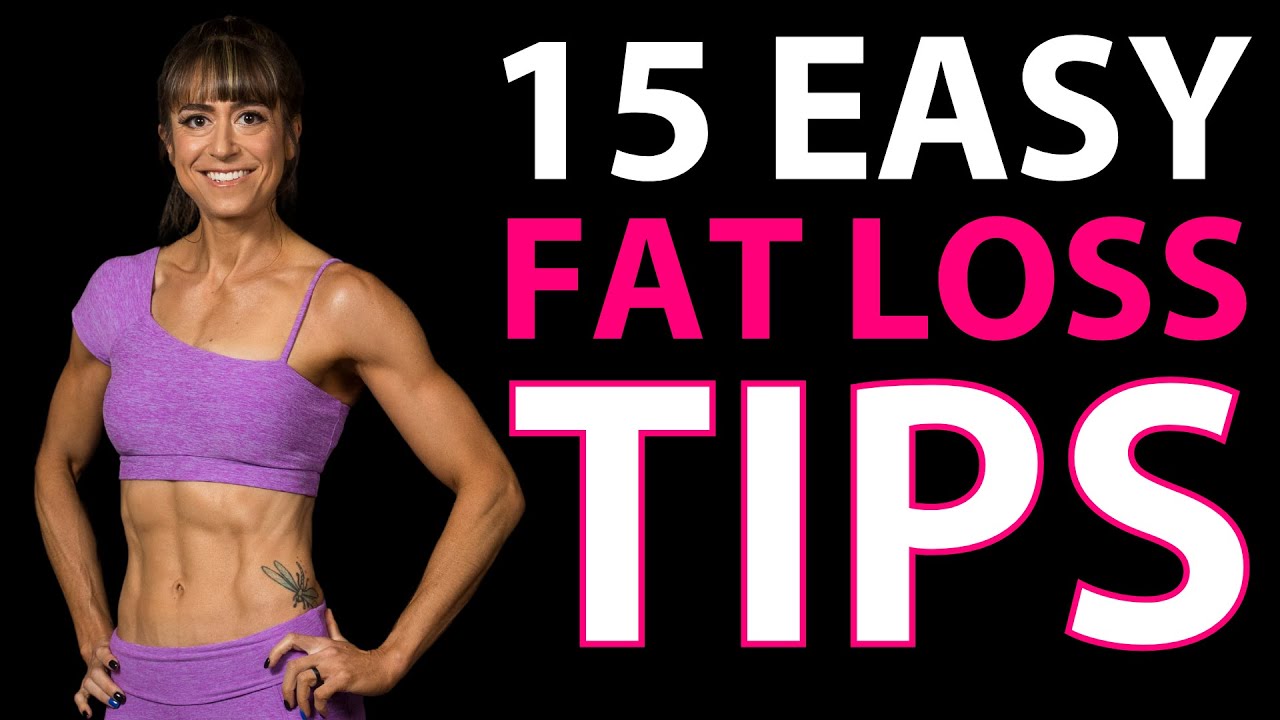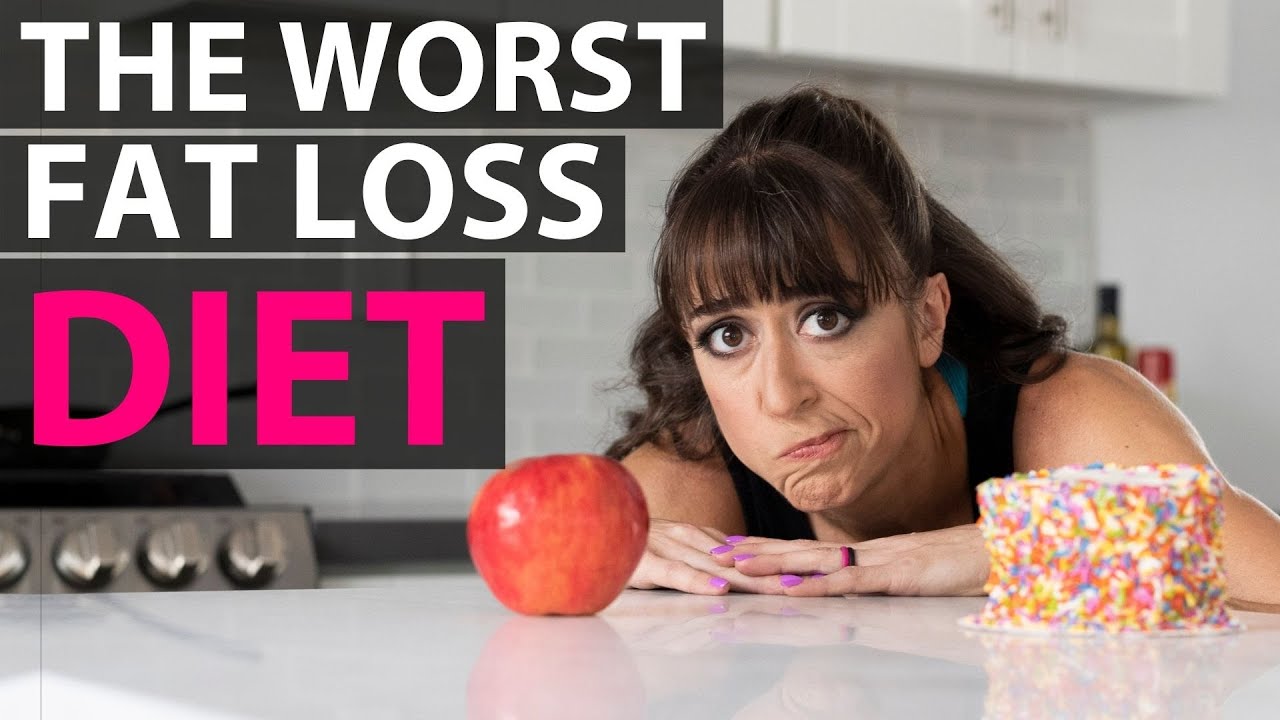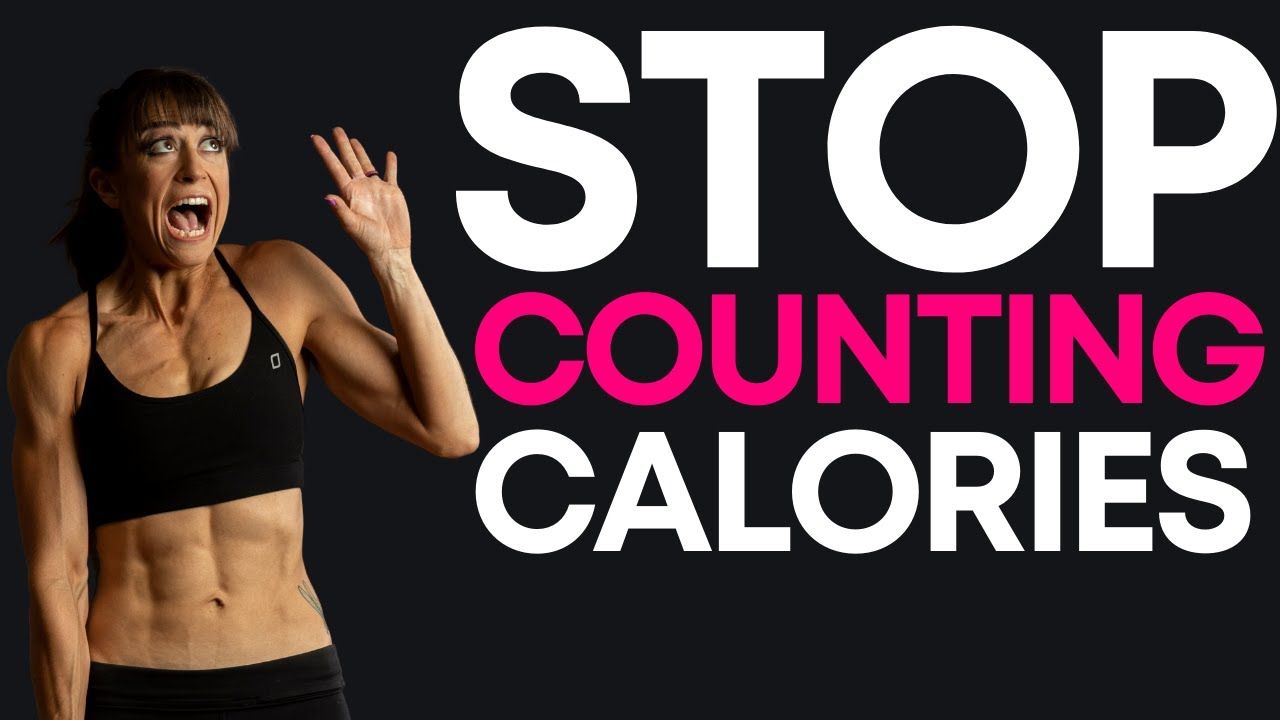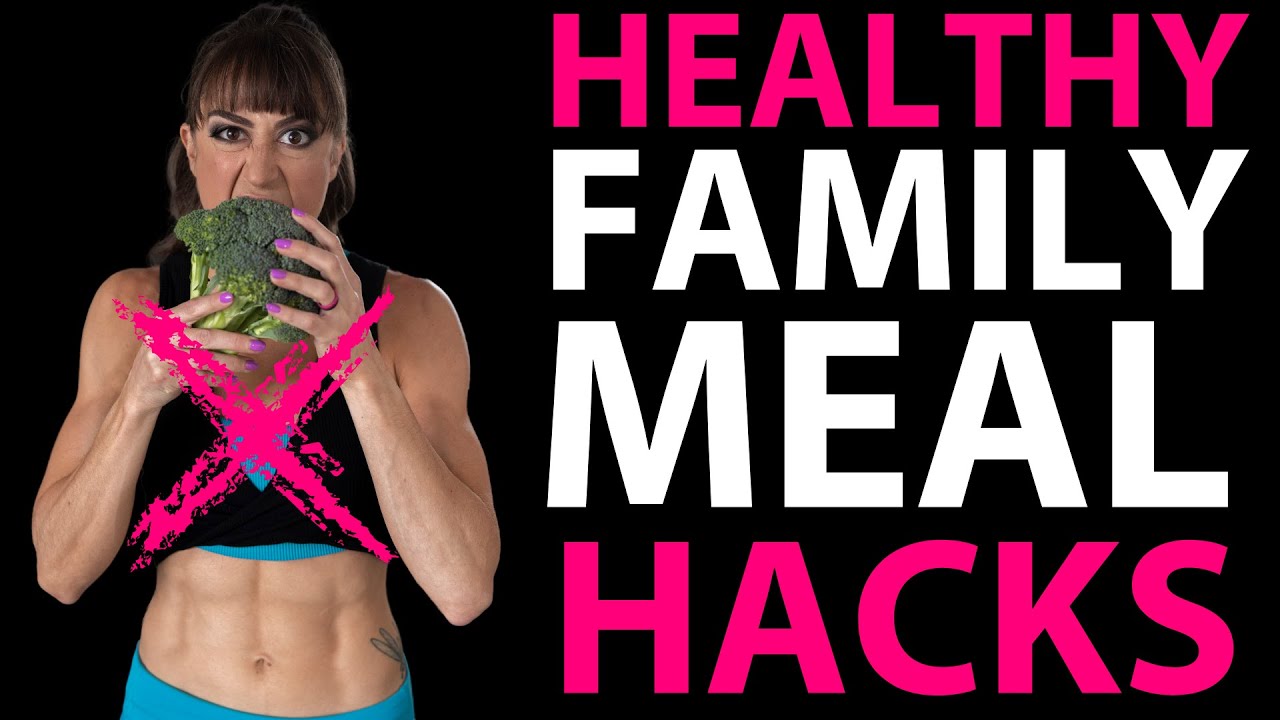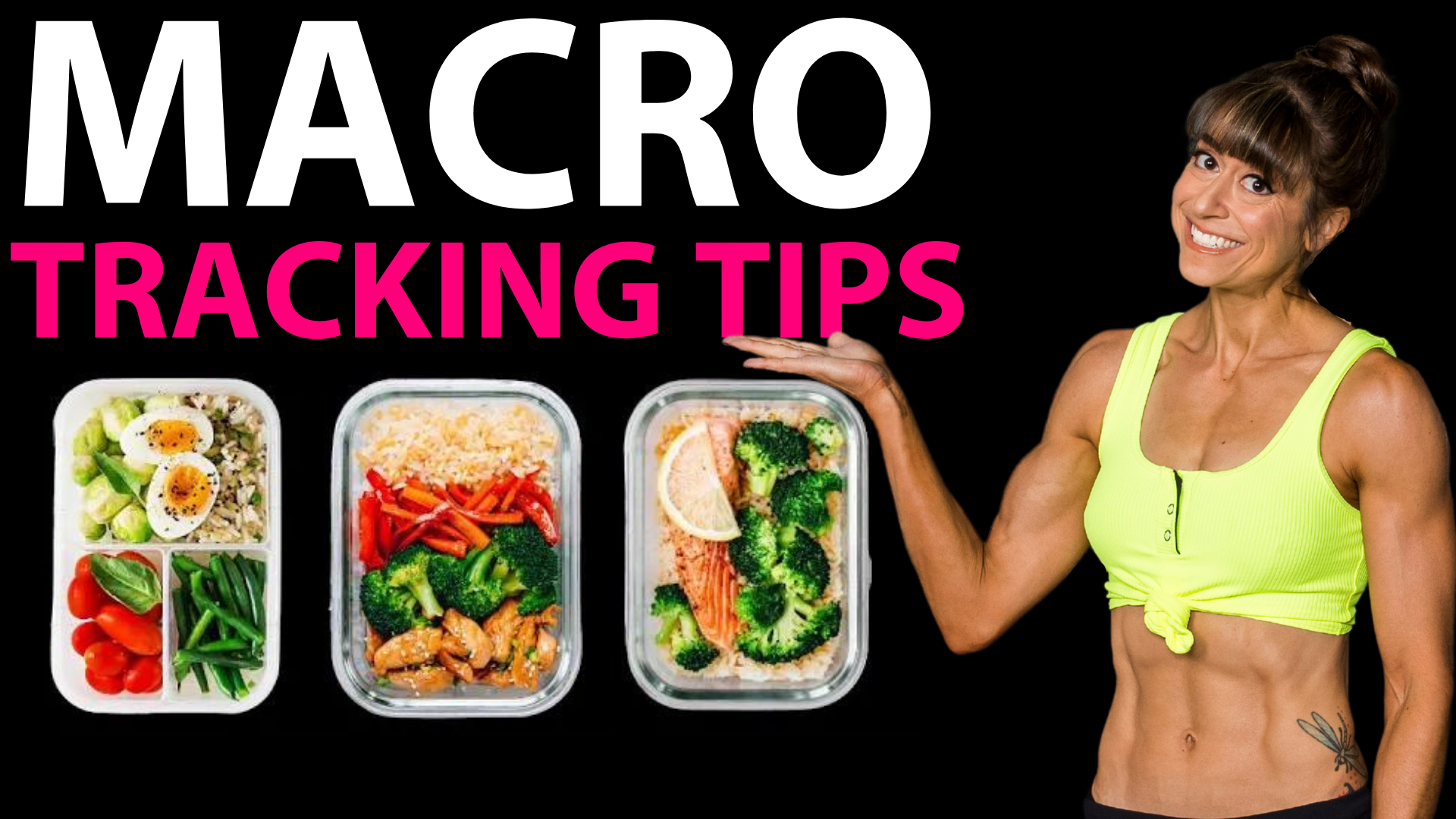
Tracking Macros for Fat Loss (10 Tips That Make it EASY)
Tracking macros is tedious. It’s boring and can definitely feel overwhelming to start.
But it is also the most effective way to understand your diet and be able to adjust based on your needs and goals.
What gets measured gets managed.
That’s why I wanted to share 10 macro hacks that have helped me track more easily to see the results I wanted over the last decade.
These tips have saved my butt over the years when I’ve wanted to give up.
They’re how I’ve gotten consistent and stayed consistent with my nutrition to get leaner and stronger and feel my most fabulous!

So Tip #1: Plan in what you want FIRST!
Usually when we think about making a change to our diet, we think about what we need to cut out.
Often that’s the thing we love most.
This is why we keep going ON a diet to only FALL OFF our diet.
We restrict over finding balance.
When I changed my approach to include the thing I wanted, especially to start, I found changes were easier to embrace.
I then realized if I did cut something out, it was fully my CHOICE.
I didn’t feel deprived and I could strike a balance.
So plan in something you love then work backward to plan in other meals around it.
You’ll be amazed at the balance you can strike and how changes don’t have to feel like choosing between results and enjoying life.
Tip #2: Track without changes.
This tip also helps you find a true lifestyle balance and evolve your diet over time to match your needs and goals even as they change.
Because there is no one single ideal ratio or calorie intake.
Too often we also try to force dietary changes that don’t even seem to be in the same galaxy as what we are used to, which makes them feel even more impossible to hit.
So instead of trying to shoot for some goal ideal, focus on tracking what you’re currently doing to then adjust.
But even just tracking alone creates some accountability and often makes us realize some easy changes we even WANT to make.
It shifts our mindset about tracking to make it feel more doable as well.
It makes tracking not about restriction but just about understanding.
And once we know where we are starting from, we can then adjust!
Tip #3: Buy frozen and canned ingredients.
Frozen and canned goods can be clean ingredients that don’t spoil. Just look for quality brands.
Frozen fruits and veggies are even often picked at the peak of ripeness so super nutrient dense.
And they don’t go bad so we can slightly over buy to never run out.
Knowing you always have staples you can quickly even heat in the microwave makes it easy to have pre-planned options that you can go to in a pinch or when short on time.
They even make for quick meal prep on the busiest of busy days.
So buy things that are always there for you and have go-to recipes for them to bust your own excuses of you don’t have healthy foods on hand or something to quickly grab!
Tip #4: Bulk prep single ingredients.
Bulk meal prep also helps you always have something on hand.
But too often we see meal prep as only fully prepped boring meals we repeat daily for an entire week…
And too often we end up not wanting to eat what we made and sabotaging ourselves going off plan.
Instead of prepping full meals, bulk prep basic ingredients.
Bake a ton of chicken breast or another protein to have on hand.
Make it simply seasoned so you can add sauces and other things to it based on what you want that day.
Then set a grocery list to have other staples to add diversity.
Maybe you put it one day with frozen sweet potatoes you have and broccoli.
Or you prep it into tacos with the corn tortillas you have.
Or you put it in a burrito bowl or stir fry.
But you can easily have some sides and sauces on hand to add diversity while simplifying meal prep to have something quick always on hand!
Tip #5: Plan in protein first.
I mentioned bulk prepping protein on it’s own specifically too because protein truly is key. And increasing protein is often the hardest part.
But the more you have it prepped and even planned into your day first, knowing what portions you would need at each meal to rock your macros, the more quickly you will feel successful with macros and the easier you will find balance.
Around those portions you can then tweak your carbs and fats to build out different recipes.
And you may even find that at times you only focus on a protein goal and calorie cap.
This minimalist approach can lead to you ultimately tracking more consistently even through busy or stressful times when you usually wouldn’t track at all…and often turn to some self sabotage with your diet!
Tip #6: Tweak before you freak!
There will be days you don’t plan well.
Days you forget your meal prep.
End up going out to lunch with friends.
Have that random event or party pop up.
And all of a sudden, your macros are a bit out of whack.
Don’t freak…tweak!
Adjust later meals to see how you can still get close over feeling like you’ve ruined the day.
That’s where even that bulk protein prep can come in handy to tweak your carbs and fat around it with different dish ideas.
Maybe even adjust your expectations and only focus on your protein and calories if your carbs and fats will be off to still hit a minimum.
Heck even just log it and stay within calories for the accountability and later go back and adjust the day to see how you could work something like that in in the future to have a game plan for next time.
But no matter what, don’t feel guilty.
Learn from it and use it as an opportunity to tweak and adjust and see what you can do.
Even if you don’t end up exactly hitting your macros, the feeling of you adjusted to do what you could often is enough to keep you on track, consistent and in the frame of mind to move forward over sabotaging yourself with guilt!
Tip #7: Get creative!
When we think “eat healthy,” “count macros,” often we think BORING FOOD.
But that doesn’t have to be the case at all.
We don’t have to be chowing down on chicken and broccoli as our family enjoys a delicious meal.
Instead have some fun being creative thinking about meals and events you enjoy.
Want to make a taco dinner for your family? Why not make it a build your own taco bar? That way you can measure out exactly what you need while all enjoying a fun dinner together?
Or always have pizza on Friday night?
Instead of avoiding it, why not try a make your own? Or why not adjust your meals earlier to be lower in calorie and higher in protein so you can have a slice or two even with a side salad?
Instead of just restricting, get creative in how you can also enjoy things even if the exact way you do things evolves.
Even find fun new ways to involve in cooking new recipes that work for all of you.
Or even enjoy dinners out by planning them in first like I recommended with tip #1!
But see opportunity in something new over focusing on how what you used to do doesn’t work in exactly the same way!
Tip #8: Find restaurants to pre-log.
Like going out to dinner? Don’t always want to cook? Have some friends you just seem to always be eating out with?
Instead of feeling like the person always on a diet or like you can’t go out to eat and always have to cook, instead find some staple places you can plan around with dishes you enjoy.
Many restaurants have nutritional information now on their websites. And for those that don’t, look up a common recipe with macros for the dish you want and enter that so you can work backward around it to plan your day.
But the more you have some things already mapped in and even dishes at restaurants you know you can make work, the more you’ll see the freedom tracking can provide while also holding you accountable and moving forward toward your goals.
No it may not be exact, but the more you do consistently, the more you can adjust and tweak.
So if you love Mexican food but go to different restaurants, find a staple dish you enjoy, like chicken fajitas, and a recipe with macros to use to log.
That way you can have a game plan and even have restaurants to suggest when friends want to go out for dinner!
While it may not be as precise as eating at home, the consistency of it will add up but also allow you to find a balance long term.
Too often we don’t find what we can do for long enough for results to snowball.
We just try to out restrict ourselves which is why we always end up regaining the weight and more!
You can’t sprint to start a marathon or you’ll potentially sabotage yourself from ever finishing!
Tip #9: Make leftovers.
Leftovers can not only simplify tracking as that dish can be saved for quick logging next time, but leftovers are also a great way to have meal prep always on hand.
Now if you don’t like eating the same thing multiple days in a row, you can still use leftovers to your advantage – just find ones that freeze well.
I love freezing meals to save for when I know I’ll be super busy even a week later and potentially want the dish again.
You can even prep your meals so your leftovers aren’t saved as just one meal but individual ingredients to repurpose in different ways.
Making that stir fry for dinner, prep ingredients, with leftover portions separately, to throw together all at the end. That way you can even freeze the cooked chicken or sliced vegetables in separate containers to use in different ways next time.
But if you’re cooking, make extra! It can make hitting your macros easier and keep you on track even during busy times!
Tip #10: Give yourself fun challenges.
Hitting your macros can get boring after awhile…which is funny since it can be so overwhelming to start.
We also don’t really do well with the idea of doing the same thing forever.
We get the itch for new or better.
So as you track, give yourself other little areas to focus on.
Maybe you try to include more fruit and vegetable diversity.
Or you focus on fiber more.
Or you focus on different micros.
Or maybe you focus on better food quality one week or working in more foods you love the next even if they aren’t as healthy.
All of this creates balance and enjoyment.
Maybe one week you challenge yourself to make all new recipes while the next you see how lazy you can be with meal prep.
The key is finding ways to make things fun, mix things up and even address what you mentally need at that time.
Our lifestyle is always shifting, evolving our diet to match can be key.
Don’t push a ton of effort to meal prep if you’re worn out because work is busy. See the opportunity here in challenging yourself to find more restaurant dishes you enjoy that can work!
Or if you’re really into holiday baking, how can you work that in?
But create challenges that make you even enjoy tracking more or give you another focus to have fun with!
Tracking macros gives us the power to adjust and fuel to feel our best, but we have to see opportunity in it over just focusing on the obstacles.
Use these 10 tips to help you embrace counting macros and see those results snowball!
Dial in your diet to match your workouts and build your leanest, strongest body ever with my Metabolic Shred…
–> LEARN MORE

